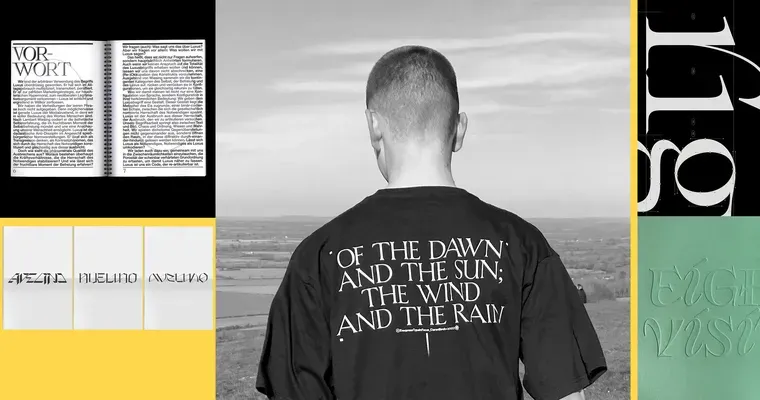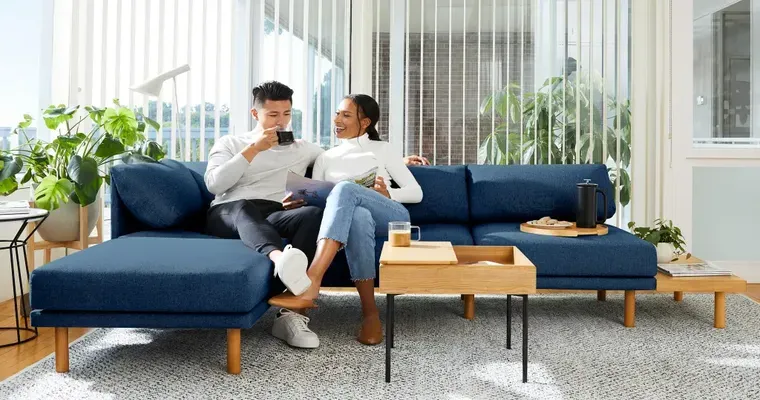In recent years, the world of "fonts" and "typography" has undergone significant transformation, driven by technological advancements and evolving design trends. The integration of digital platforms has changed how designers approach "font selection" and "typographic hierarchy", leading to a dynamic landscape that continues to evolve. This article explores the current trends and changes in typography and what they mean for designers, marketers, and content creators.
One of the most notable trends is the rise of "variable fonts". Unlike traditional fonts that come in a limited number of styles, variable fonts allow for a wide range of styles and weights to be contained within a single font file. This versatility not only reduces the number of fonts needed for a project but also enhances "web performance". Designers can now create more responsive and adaptable typography that can adjust seamlessly to various screen sizes, making it easier to maintain "brand consistency" across different devices.
Another significant development is the increasing importance of "custom fonts". Many brands are now opting for unique typefaces that reflect their identity and values. Custom fonts help businesses stand out in a saturated market, providing a distinctive voice that can resonate with their audience. This trend has led to a surge in demand for "typographic design" services, as companies recognize the power of typography in branding and marketing.
On the aesthetic front, there has been a shift towards "bold typography". Designers are increasingly using large, attention-grabbing fonts that command attention and convey messages effectively. This trend is particularly evident in social media graphics and online advertising, where striking typography can significantly impact engagement rates. Coupled with this is the use of "minimalist design", where clean, simple fonts are paired with ample white space to create a modern look that enhances readability.
Moreover, the resurgence of retro and vintage typefaces has captivated designers and consumers alike. Nostalgic fonts evoke a sense of familiarity and warmth, making them popular choices for brands looking to connect emotionally with their audience. This trend highlights the cyclical nature of design, where past styles are reinterpreted and integrated into contemporary projects.
As we delve deeper into the digital age, "responsive typography" is becoming essential. With the variety of devices available today, ensuring that text is legible and visually appealing across platforms is crucial. Techniques such as fluid typography, which adjusts font size and spacing based on the viewport, are gaining traction. This adaptability not only enhances user experience but also aligns with the principles of "user-centered design".
In conclusion, the landscape of "fonts" and "typographics" is rapidly evolving, influenced by technology, design trends, and user preferences. From variable fonts to custom typefaces and bold designs, these changes present exciting opportunities for designers and brands alike. As we move forward, staying updated on these trends will be vital for anyone involved in the creative industry, ensuring that their work remains relevant and impactful in an ever-changing digital world.





